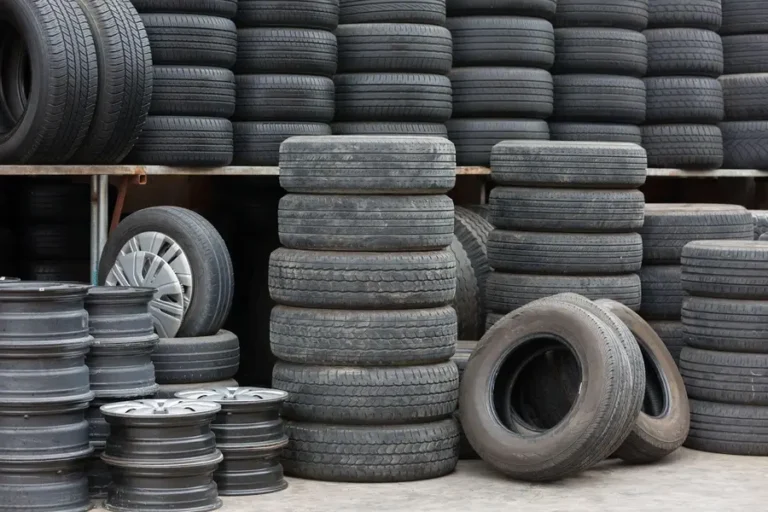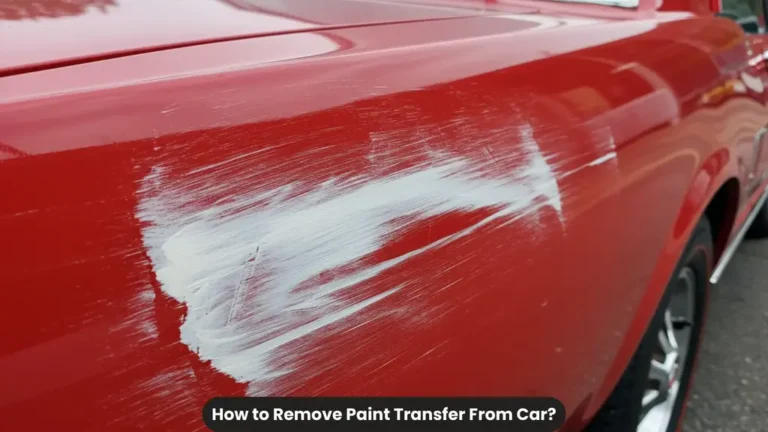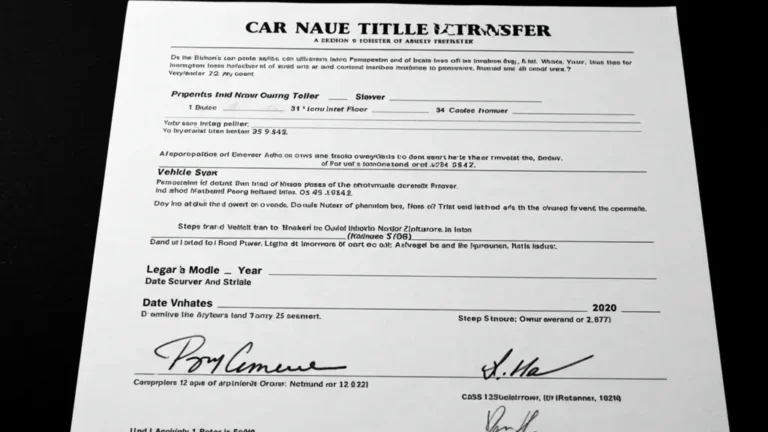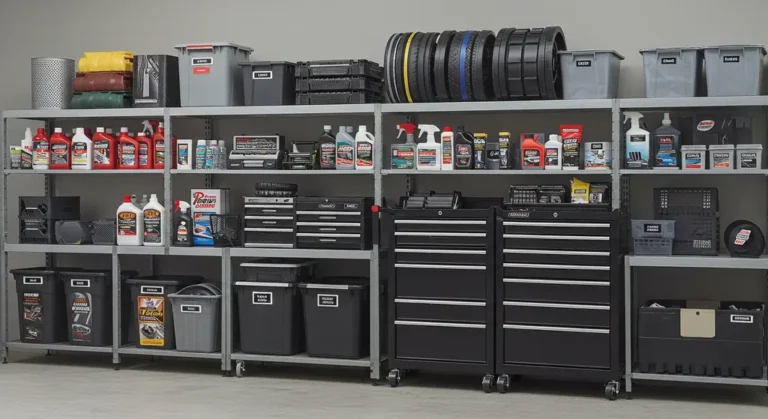Hidden GPS Trackers For Automobiles You Need To Know About!
You can’t be everywhere at once. That’s why so many people are turning to hidden GPS car trackers—not to spy, but to stay connected. These small, discreet devices let you check a car’s location anytime, from anywhere, using your phone or computer. No calls, no guesswork—just clarity. In the next 7 minutes, we will go…








